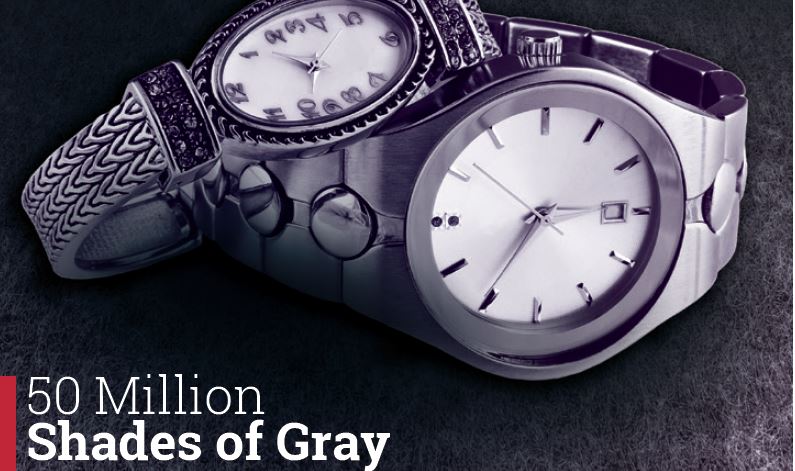 By: Barlow Mann
By: Barlow Mann
Some 10,000 baby boomers will be turning 65 every day for the next 15 years. By 2017, the 65+ population will be 50 million strong.
The unprecedented graying of America is underway.
Americans are living longer than ever before. The average American born in 1900 had a life expectancy of just 47 years. Americans born today will likely live just shy of 80 years, a 50 percent increase from 1900. And the older one gets, the longer one can expect to live. According to the Social Security Administration, the average 80-year-old woman should live to age 90 and a 90-year-old woman can expect to live to 95. In fact, the U.S. Census Bureau reports the 90-and-older age group is the fastest growing segment of the population.
The implications for American society are momentous, particularly given the accelerating imbalance between the traditional workforce and the retired. Consider Social Security. In 1955, seven workers supported each retiree. Today, that number has dwindled to three per retiree, and the Social Security system is projected to struggle to meet future obligations unless changes are made.
Not ready to retire yet.
Many of today’s seniors, however, have decided to postpone retirement in order to maintain or regain their places in the workforce. In particular, well-educated, highly skilled seniors are increasingly choosing to work well into what were once considered to be retirement years.
Doctors, lawyers, engineers, business owners and other well-off older persons with creative or management skills are staying employed longer than their predecessors and longer than those of their own generation with lower education and skill levels. The U.S. Census Bureau reports the 90-and-older age group is the fastest growing segment of the population.
Some 65 percent of men aged 62 to 74 with a professional degree are in the workforce, compared to just 32 percent of men whose highest educational attainment was a high school diploma. The net worth of these professionals is almost five times that of those without a college degree. For seniors who are healthy, well-educated and highly skilled, there are simply fewer reasons to retire.
For those seniors at the other end of the workforce spectrum—those who are less educated, have fewer skills and perhaps are no longer physically able to keep up with the demand of physical labor—the opportunity to begin receiving a pension and/or Social Security or disability insurance at an earlier age, perhaps in the 55 to 65 age range, has become increasingly appealing.
These trends will no doubt contribute to the continuing inequality of wealth experienced in the United States in all levels of society. Among those 65 and older, these wealthy individuals are known in some quarters as the “senior elite.”
Courting the senior elite.
The senior elite will continue to generate income and accumulate wealth in greater amounts than ever before. Most will fall into the upper ranges of wealth and income and would occupy the C1 and C2 boxes of the Sharpe Gift Planning Matrix©.
The impact of seniors on charitable giving is already being felt. According to Blackbaud’s The Next Generation of American Giving study, 88 percent of “matures” give to charity. Those born before 1945 also give more dollars and support more charities than any other age group.
Older donors have donated billions of dollars via the charitable IRA provision from 2006 through 2013. They are also the group most likely to fund charitable gift annuities and charitable trusts and are responsible for almost two-thirds of gifts of publicly traded securities. And according to IRS data and other reports, the estates of the oldest old, those over 90 years of age, provide more charitable bequests than all of those who pass away prior to age 80.
Those who do not consider the increasingly important role of the graying population in their fund development strategies do so at their peril. Make sure your fundraising efforts are designed to appeal to this vital demographic.
Sharpe’s team of consultants and experts can help you devise a strategy to maximize gifts from this critical group. Call 901.680.5300 or visit www.SHARPEnet.com to learn about Sharpe’s services, including donor communications, consulting, data enhancement and staff training.


